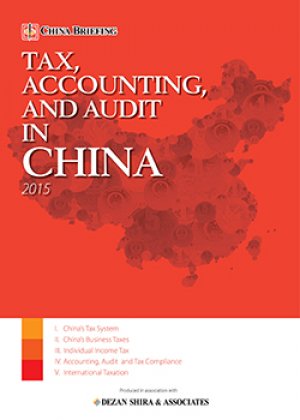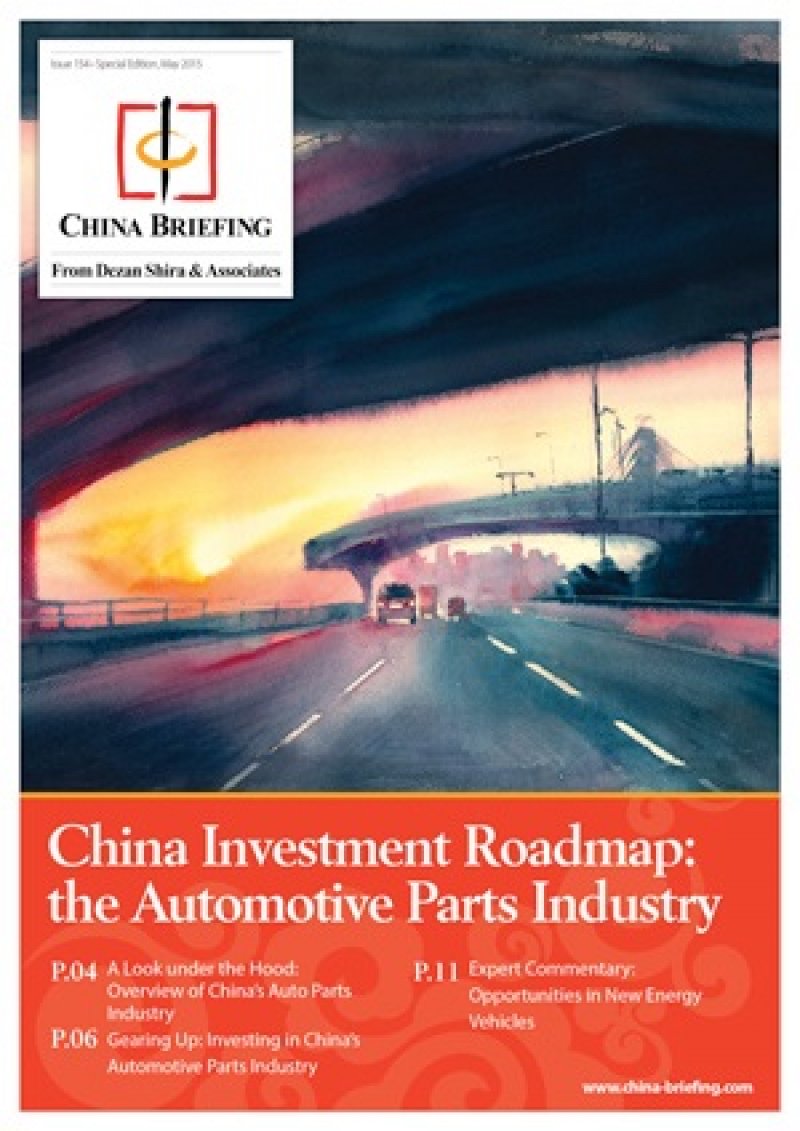China’s VAT Reform Moving Forward
 By Rainy Yao
By Rainy Yao
China’s massive reform to replace business taxes (BT) with a revamped value-added tax (VAT), which started in 2012 as a trial program, is expected to expand to three crucial sectors this year – real estate, finance, and consumer services. The targets for the future of VAT reform in China are contained in the Twelfth Five Year Plan Period (2011-2015), which stipulates that all sectors currently subject to BT should be switched over to VAT by the end of 2015.
To further the implementation of this policy, the State Council announced on May 18 that the VAT reform would be expanded to include construction, real estate, financial services and the somewhat opaque ‘life’ services.
The Ministry of Finance has recently laid out a draft reform plan involving these sectors. Though no detailed plan has yet been released, a six percent tax rate is set to be imposed on the financial industry, likely starting October 1, 2015. The new VAT rate would likely raise the tax rate applicable to Chinese financial firms – currently, financial services companies are subject to a BT of only five percent. However, given that taxpayers may offset their VAT paid with VAT received, the tax burden may in the end be lower.
Further, the risk of double taxation is eliminated, as the sale of goods and the provision of services will no longer be treated separately.
![]() RELATED: The Past, Present and Future of VAT Reform in China
RELATED: The Past, Present and Future of VAT Reform in China
Meanwhile, according to the draft legislation, an 11 percent tax may be levied on property and construction companies, while a 6 percent rate may apply to consumer service/life services industries.
BT and VAT are two of the country’s three major indirect taxes. However, BT is a local tax, whereas VAT is levied by the central government. This means that once the VAT reform is fully implemented nationwide, tax revenues for local governments will see a significant decline. In addition, real estate and financial services are considered the hardest areas to reform, due to their complexity and impact on society. This has caused widespread concern that the implementation of the VAT reform will lead to an increased tax burden for companies and consumers.
To date, the VAT pilot reform has been applied to railway transportation, postal services, telecommunications and certain modern service sectors such as IT, and film and television. By the end of 2014, the number of pilot taxpayers had increased from 2.73 million to 4.1 million, including 760,000 general taxpayers and 3.34 million small-scale taxpayers. Among these, more than 95 percent of taxpayers have benefited from the VAT reform. During the first half of 2015, tax payable was reduced by more than RMB 110 billion due to the VAT reform, according to the State Administration of Taxation.
The timeline of the reforms is as follows:
- January, 2012 – Initially implemented in Shanghai for the transportation and certain modern services sectors
- September, 2012 – Extended to eight provinces/municipalities: Beijing, Jiangsu, Anhui, Fujian, Guangdong, Tianjin, Zhejiang, and Hubei.
- August 2013 – Implemented nationwide
- January 2014 – Expanded to railway transportation industry and postal services
- June, 2014 – Expanded to telecommunications sector
- October, 2015 – Set to cover financial industries
- End of 2015 – Full implementation
|
Asia Briefing Ltd. is a subsidiary of Dezan Shira & Associates. Dezan Shira is a specialist foreign direct investment practice, providing corporate establishment, business advisory, tax advisory and compliance, accounting, payroll, due diligence and financial review services to multinationals investing in China, Hong Kong, India, Vietnam, Singapore and the rest of ASEAN. For further information, please email china@dezshira.com or visit www.dezshira.com. Stay up to date with the latest business and investment trends in Asia by subscribing to our complimentary update service featuring news, commentary and regulatory insight. |
![]()
 Tax, Accounting, and Audit in China 2015
Tax, Accounting, and Audit in China 2015
This edition of Tax, Accounting, and Audit in China, updated for 2015, offers a comprehensive overview of the major taxes foreign investors are likely to encounter when establishing or operating a business in China, as well as other tax-relevant obligations. This concise, detailed, yet pragmatic guide is ideal for CFOs, compliance officers and heads of accounting who must navigate the complex tax and accounting landscape in China in order to effectively manage and strategically plan their China operations.
Managing Your Accounting and Bookkeeping in China
In this issue of China Briefing, we discuss the difference between the International Financial Reporting Standards, and the accounting standards mandated by China’s Ministry of Finance. We also pay special attention to the role of foreign currency in accounting, both in remitting funds, and conversion. In an interview with Jenny Liao, Dezan Shira & Associates’ Senior Manager of Corporate Accounting Services in Shanghai, we outline some of the pros and cons of outsourcing one’s accounting function.
China Investment Roadmap: the Automotive Parts Industry
This issue of China Briefing presents a roadmap for investing in China’s automotive industry. We begin by providing an overview of the industry, and then take a comprehensive look at key foreign investment considerations, including investment restrictions, tax incentives and manufacturing requirements. Finally, we discuss foreign investment opportunities in a part of the industry that receives substantial government support: new energy vehicles.
- Previous Article A Step by Step Guide to Remitting Dividends Overseas
- Next Article Tax Benefits of Exporting Services: VAT Exemption vs. Zero-Rated VAT











